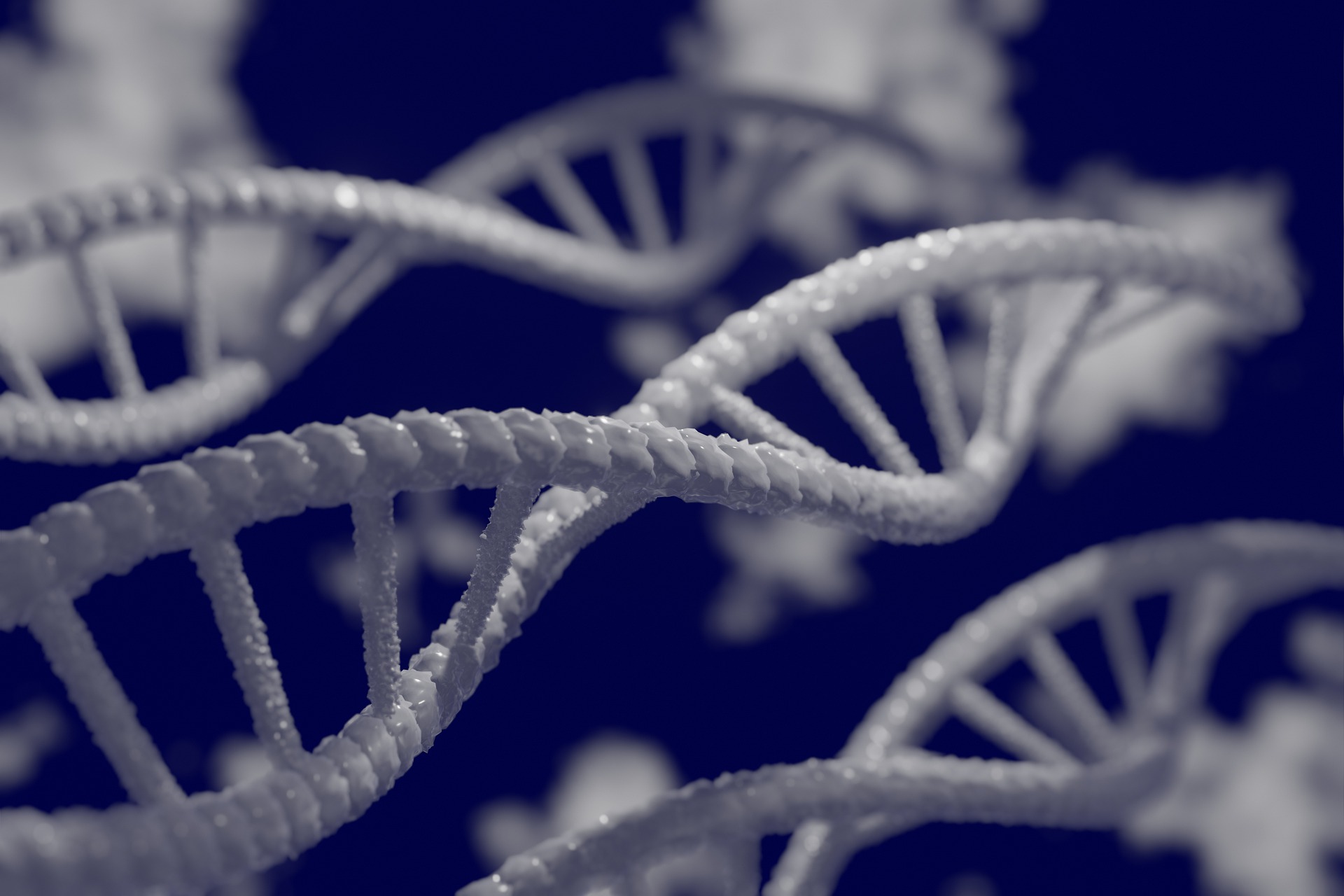Scientists Fill In Missing Spots For The Human Genome

Telomere-to-Telomere Consortium researchers have sequenced the most extensive human genome to date, according to a press release. In 2003, the Human Genome Project sequenced 92% of the human genome, but the remaining 8% was out of reach due to the technology available at the time. As a result, for a long time, the whereabouts of 200 million DNA bases stayed a mystery.
According to a series of publications published by the T2T Consortium in Science, they were able to complete all but five of the 10 million gaps in the Y chromosome’s sequence, leaving just 10 million unanswered questions. Y chromosome assembly has been worked out by the consortium’s experts, who reported this on Twitter after the articles were published. They will be publishing an updated publication with the current data.
The University of Washington’s Evan Eichler compared DNA sequencing to a jigsaw puzzle. The DNA has to be broken down into little pieces and then sequenced using the equipment. Sequencing a large region of DNA using older technologies is like attempting to solve those absurdly difficult crossword puzzles with thousands of repeating, almost identical components. As DNA sequencers become better and better, identifying the proper sequence becomes easier.
Using a cell line derived from a failed pregnancy, known as a mole, researchers were able to reduce the complexity of the procedure. Because of this, the researchers just had to sequence a single set of DNA rather than two sets. Centromeres are dense knobs in the center of chromosomes, and they employed a technology called Oxford Nanopore to finish the assembly of these centromeres. \
Immune response genes, such as those that help us resist plagues as well as viruses, genes that indicate how a person will react to medications, and genes that cause humans to have bigger brains than other primates are among the previously undisclosed genes, according to Eichler.
It cost a few million dollars to complete the consortium’s work, but new technologies are making sequencing more and more affordable. It is hoped that individual genome sequencing would cost as low as $1,000 over the next decade, according to Adam Phillippy, a primary author of the study, That might lead to DNA sequencing being a standard element of medical testing, allowing physicians to develop personalized treatment plans for each patient.
0 comments